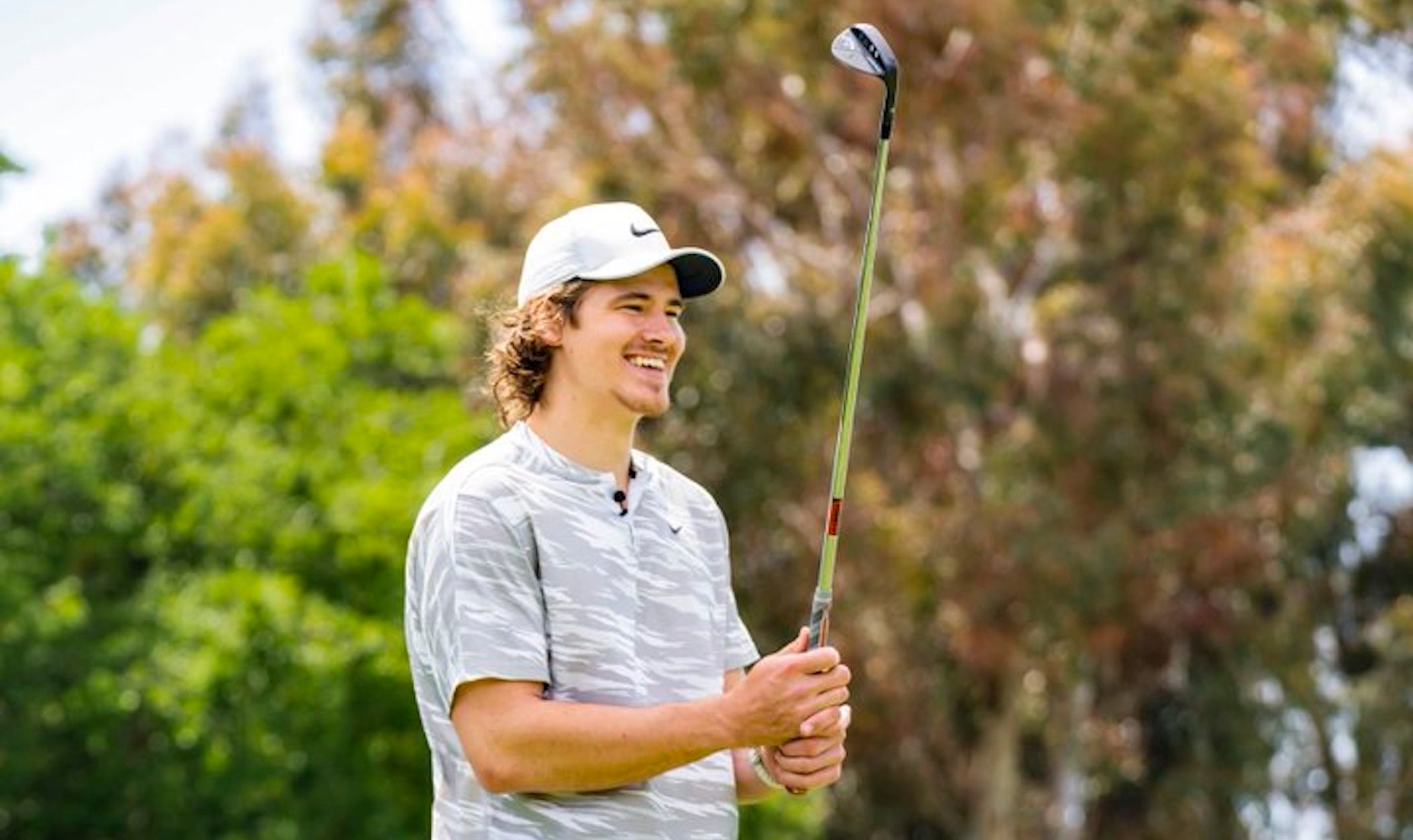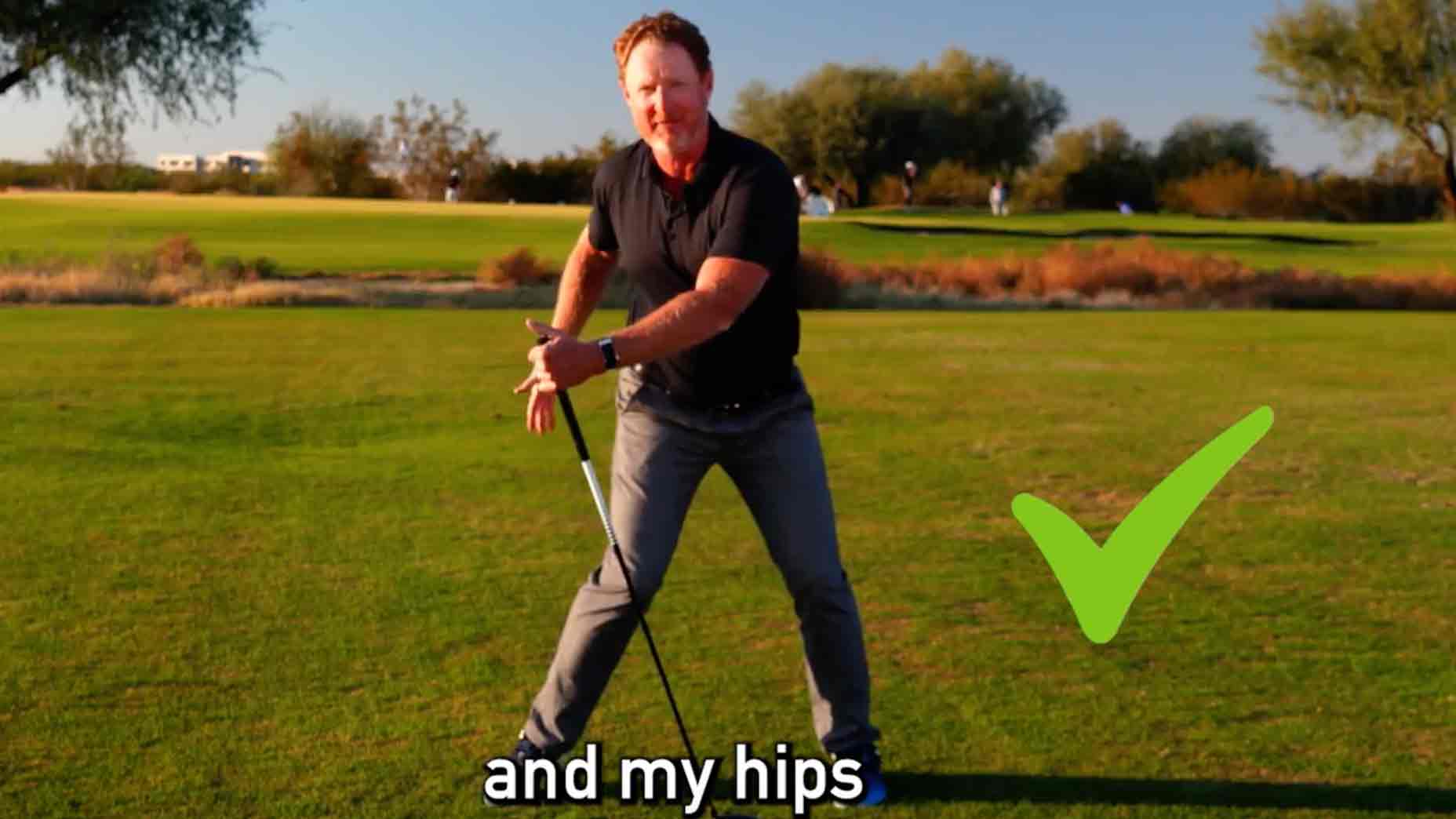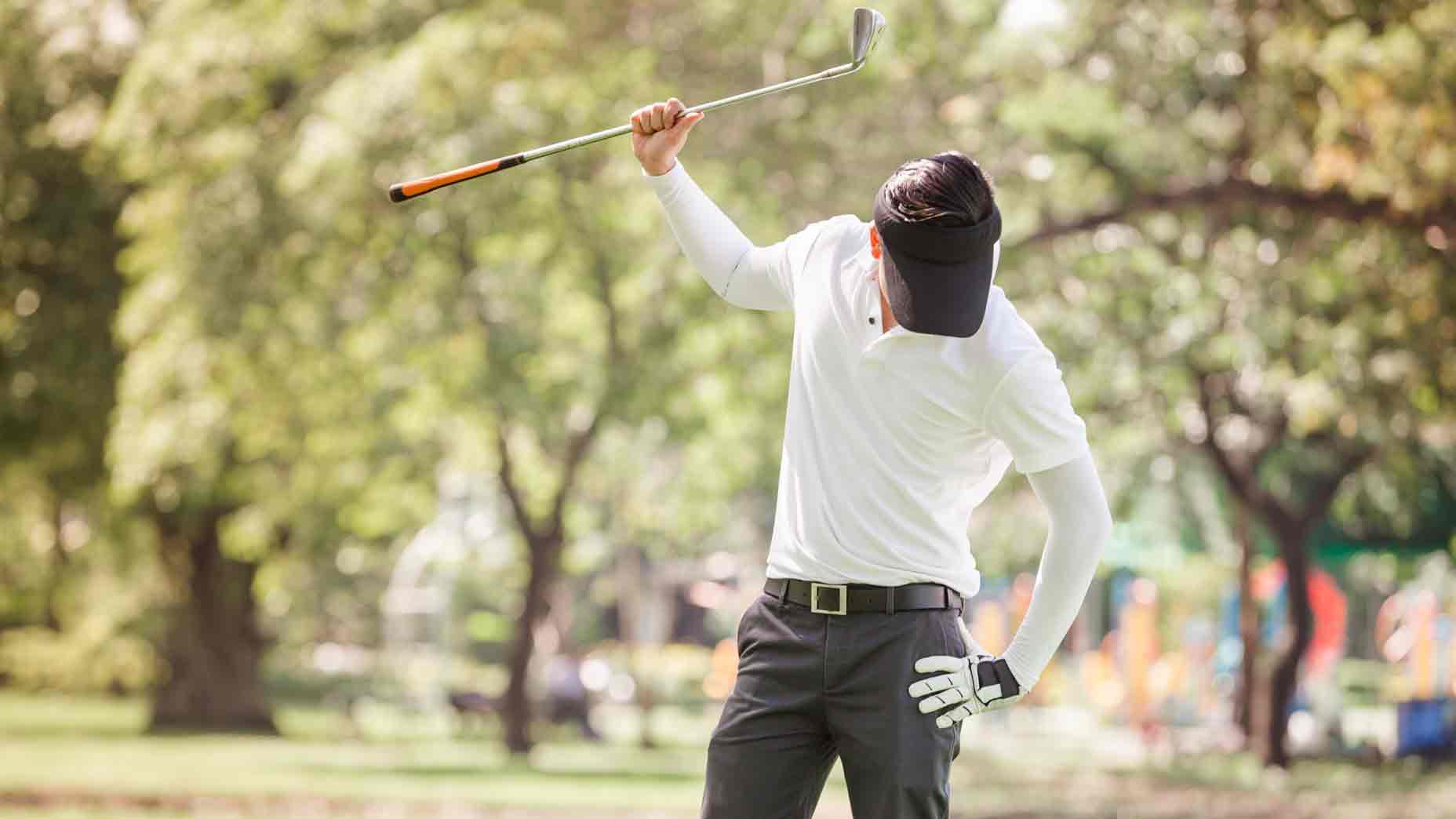
Topping shots is a common problem, but it’s easily fixable with these 10 tips.
Getty Images
Without question, the most common mishit I see with amateurs is topping the ball.
While many players assume it’s because they lift their head, there’s a lot more to it than just that. From having fear of hitting the ground to having poor posture — and other issues in between — topping the ball will cause frustration and high scores, which can even turn players away from the sport altogether.
As discouraging as it may be to top the ball, it’s a fixable issue. It just takes a clear understanding of ball-striking and how to incorporate turf interaction with each swing. By using the 10 tips below, you’ll be on your way toward seeing improved results, launching beautiful shots that every player desires.
All of our market picks are independently selected and curated by the editorial team.
If you buy a linked product,
GOLF.COM may earn a fee. Pricing may vary.
1. Hit the ground
It may sound basic, but the first step in order to launch your golf ball into the air is to hit the ground with the bottom of your club. Many golfers don’t like hitting the ground because of the fear of chunking. But it’s important to get over any apprehension, set up the right way, and be sure to hit the ground with every swing.
2. You aren’t getting under the ball
I often ask my students how they think a golf ball gets into the air. Many answer incorrectly, with a common reply being that a club must get under the ball. While this is true in tennis, in golf, it’s actually false.
Unless a ball is on top of long grass or a tee, you won’t be able to get under it.
Instead, take the tip from above and learn how to get the club down to the ground. This will help produce lift as you swing through the ball.
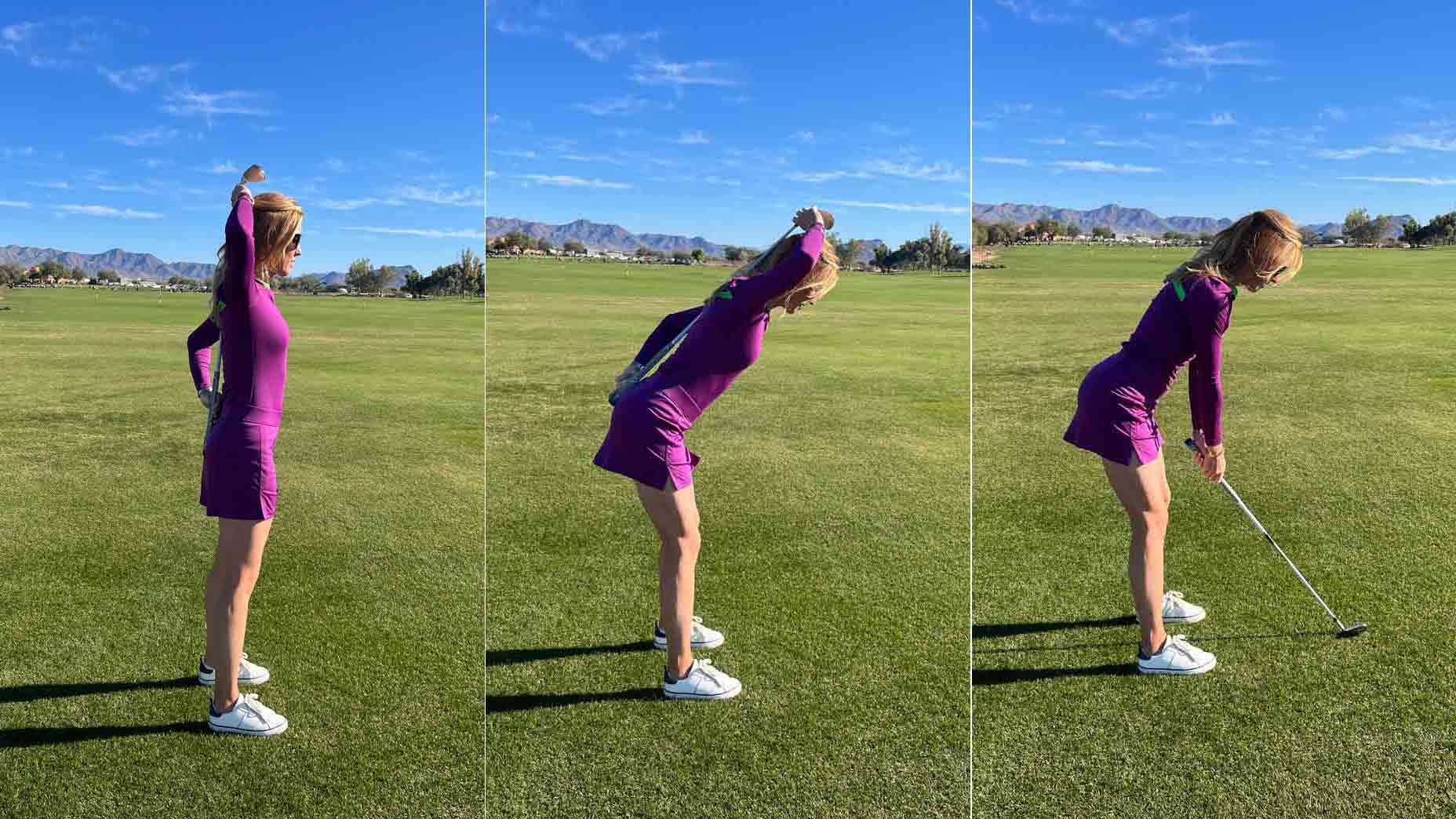
3. Your posture needs to be nearly perfect
Posture is the key to getting the club down to the ground and seeing the ball fly into the air.
What does the right posture look like? Bow properly from your hips, allowing your arms to hang down and your weight to stay balanced. Then bend forward from your hips, getting your eyes closer to the ground. This will lead your club down to the ground.
4. Hang your arms by defining your best spacing
As mentioned above, the perfect golf posture allows your arms to hang down, leaving your hands directly below your shoulders.
When you’re set up well and start making good contact with both the ground and the ball, try to identify the spacing between your hands on the club and your thighs. Once you define this spacing, repeat it for each shot to create the loft you’re looking for.
5. The trail arm needs to extend down
When you start to take your backswing, your trail elbow should fold or bend. This creates and stores energy.
As you come down to hit the ball, this trail arm must extend straight down toward the ground — similar to the motion you’d have when throwing a ball. This extension will help the clubhead get down to the ground.
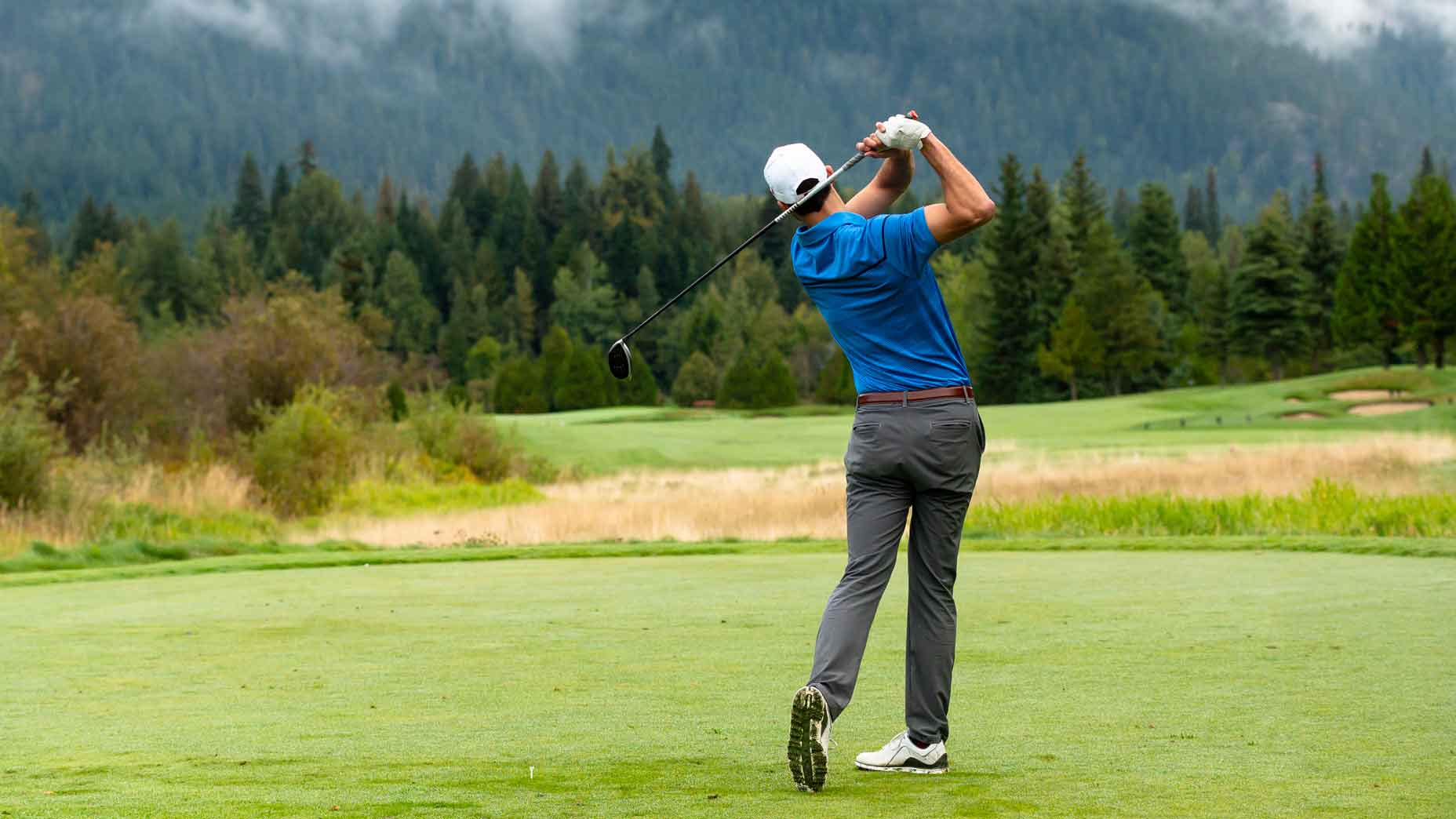
6. Remain balanced through the finish
Finishing your swing in balance is always a good habit, but it’s critically important when trying to make good contact to lift the ball.
If you’re topping the ball often, even a slight loss of balance can be the issue. So remember to brush the grass beneath the ball with each shot, holding your finish with your weight flat. The weight should stay on your front foot until the ball lands, which will minimize misses and tops.
7. Weight should favor your toes
Balanced golf posture should be in the balls of your feet. But if you tend to top the ball, have your weight favor your toes, allowing you to tap your heels so that your posture is forward. This forward balance makes it easier to keep the club along the ground.
8. Work on the scrape drill
The scrape drill is one of my favorites for golfers who have a tendency to top the ball, because it reinforces the feeling of keeping the clubhead along the ground.
Here’s how to practice this drill.
From a correct posture setup, don’t take a backswing. Instead, scrape the club along the ground toward the target on a semi-circle until you finish a full swing. When you do this drill, you want to feel the pressure of the clubhead against the turf as you scrape forward. This is the movement you want to add to your forward swing.
The divot board is a great tool to help with this drill, and to add the correct motion that you’re looking for.

9. Scrape the forward tee
Another good drill to stop topping the ball simply requires using a tee.
Place the tee flat on the ground and on the target side of the ball. Take your golf swing, making sure you hit the ground by keeping your clubhead low enough to engage with the grass (which is the scraping motion). If you hit both the ball and tee properly, the ball will launch airborne over the tee, and the club will contact the tee and project it forward.
10. Hit the ground with your practice swings
If you’re not engaging with the turf on your practice swings, make sure you do so prior to standing over your ball to take a shot. The club should make a “thumping” noise each time you hit the ground.
When you make the right motion in your practice swing, it’s much more likely to transfer to a good shot. So take your practice swings seriously, and as an opportunity to feel the correct motion before you hit your ball.


